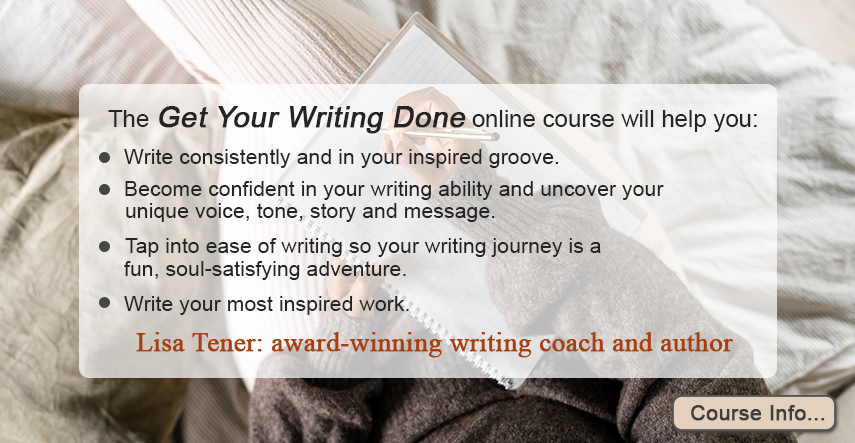
They say you never get a second chance to make a first impression—and that’s especially true in writing. The first 10 pages of your novel are critical. They set the tone, introduce the protagonist, and convince readers (and potential agents or publishers) that your story is worth their time. Whether you’re crafting a high-stakes thriller, an epic fantasy, or a heart-wrenching drama, a weak opening can mean the difference between a book that gets devoured and one that gets abandoned.
But what makes an opening compelling? How do you hook readers right away while laying the groundwork for your story? Here we look at what your first 10 pages need, common pitfalls to avoid, and actionable strategies to ensure your opening grabs—and keeps—your reader’s attention.
Contents
Why the First 10 Pages Matter
In today’s world, attention spans are short. Readers browse books in stores and online, scanning the first page before deciding whether to buy. Literary agents and publishers, flooded with submissions, often make snap judgments based on an opening chapter. If your first 10 pages don’t grab them, they won’t make it to page 11.
What Your First 10 Pages Must Accomplish
- Introduce the protagonist: Readers should immediately know who the story is about and why they should care.
- Establish the hook: A compelling opening raises a question, creates intrigue, or presents a conflict that makes readers want to continue.
- Set the tone and style: The first 10 pages should make it clear what kind of story this is—whether it’s a dark mystery, an action-packed thriller, or a lighthearted romance.
- Provide a sense of setting: Without overwhelming with exposition, you need to ground readers in time and place.
- Introduce conflict or stakes: Something should feel unsettled. What’s at stake for the protagonist?
How to Hook Readers from the First Sentence
Your opening line is your first—and sometimes only—chance to capture a reader’s attention. A strong first sentence should create curiosity, establish voice, or set a mood that compels further reading.
Effective Approaches to a Strong Opening
Start with Action
Throw readers into the middle of something happening—movement, conflict, or high-stakes decision-making. This doesn’t mean starting with a car chase or an explosion (unless it fits the story), but rather a moment that instantly pulls readers in.
“The screaming started just after midnight.”
— The Girl on the Train by Paula Hawkins
Immediate intrigue. Who is screaming? Why? The reader is drawn in instantly.
Create a Sense of Mystery
A subtle, unsettling detail can hook readers by making them ask questions they want answered.
“It was a bright cold day in April, and the clocks were striking thirteen.”
— 1984 by George Orwell
The strangeness of “clocks striking thirteen” unsettles the reader, signaling something is off in this world.
Introduce a Distinctive Voice
Sometimes, the best way to hook a reader is through a captivating narrative voice—one that is funny, sarcastic, or deeply introspective.
“If you really want to hear about it, the first thing you’ll probably want to know is where I was born, and what my lousy childhood was like…”
— The Catcher in the Rye by J.D. Salinger
The narrator’s attitude jumps off the page, immediately making the reader curious about who they are and why they feel this way.
What NOT to Do in Your First 10 Pages
Many writers unknowingly make mistakes that weaken their openings. Avoid these common pitfalls:
Overloading with Backstory
Readers don’t need your protagonist’s entire life history upfront. Instead, reveal details organically as the story unfolds.
Too Much Description
While setting the scene is important, long-winded descriptions of the weather, a room, or a landscape can slow momentum. Opt for immersive, concise details instead.
Starting with a Dream or Flashback
Dream sequences and flashbacks can be effective later, but they often make for confusing or disorienting openings.
Failing to Introduce Conflict
A story without conflict is a story without stakes. Something—whether big or small—should be happening to unsettle the protagonist’s world.
Structuring Your First 10 Pages
To keep readers engaged, structure your opening with a balance of character introduction, intrigue, and action.
Page 1: The Hook
Your opening lines should immediately establish a question or problem that makes the reader want to continue.
Pages 2–5: Introducing the Protagonist and Setting
Who is your main character? Where are they? Why should the reader care? Keep this introduction engaging and avoid information dumps.
Pages 6–10: Hinting at the Larger Conflict
By this point, there should be a clear sense of where the story is headed. The protagonist should face a decision, a challenge, or an event that disrupts their normal world.
Testing Your First 10 Pages
Once you’ve crafted your opening, put it to the test:
- Read it aloud: Does the rhythm flow naturally? Does it sound engaging?
- Give it to a beta reader: Ask someone unfamiliar with your story if they feel hooked.
- Trim the excess: Remove anything that slows the pace.
The first 10 pages of your novel are your chance to make an unforgettable impression. By starting with a strong hook, introducing your protagonist with purpose, and laying the groundwork for the conflict ahead, you ensure that readers—and industry professionals—stay invested.
Remember: your goal is to make it impossible for them to put your book down.

